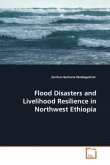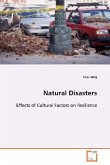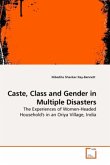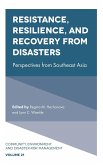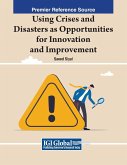All over the world, disasters are known to destroy developments which have taken years to achieve in a short time. The effects of these disasters on developed and developing countries are more or less the same. This trend presents a key challenge to sustainable development efforts. Disaster management requires finances and adequate preparation by all stakeholders. When disasters occur, communities are mostly affected and they constitute primary stakeholders in relief provision. Actions of local communities are guided by their knowledge and local structures. This book presents the role of this knowledge and structures in disaster management. Specifically, the book explores: how communities perceive disaster situations and how this shapes their response; types of local structures and community based knowledge for disaster management; the extent to which this knowledge can be relied on; and the synergy among government relief agencies, civil society and local communities. This book sheds light on the value of involving local communities in disaster management and may be useful to government and civil society relief agencies during as they intervene in disaster situations.
Bitte wählen Sie Ihr Anliegen aus.
Rechnungen
Retourenschein anfordern
Bestellstatus
Storno


